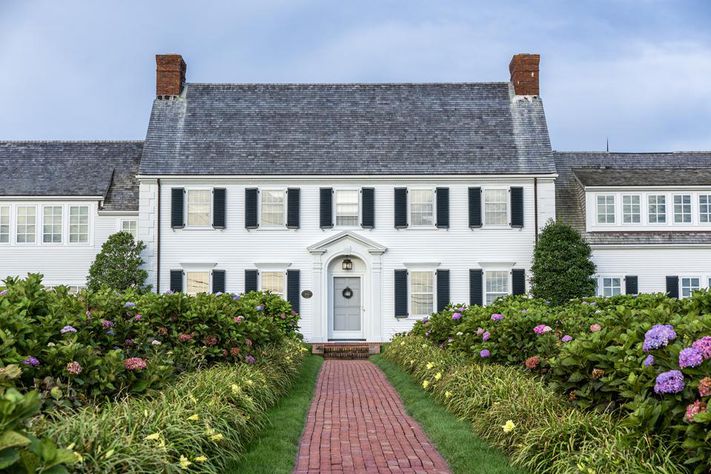The trends in the DIY sector are likely to shift dramatically in 2020. When Generation Z is mature and millennials’ purchasing power increases, which areas are expected to grow, where will the market for certain types of home improvement shrink, and how will companies respond? In this post we will examine the 5 home improvement trends that can be observed from 2020 and into the decade.
- The focus is on mobile sales
E-commerce has long been an important part of the DIY sector’s DNA. In fact, online sales exceeded $ 20 billion in 2017, up 90 percent from 2016. This trend is set to expand further in 2020 as mobile purchases have grown rapidly in recent years. In response, companies like “The Home Depot” are taking note and recognizing that mobile salesmust be a major retail strategy”.
With mobile sales, customers need to be able to quickly find out about products on the go and make purchases quickly with as few clicks as possible. Retailers are also increasingly expected to have the logistical know-how to ensure fast delivery times so projects are not put on hold. People also expect returns to be easy to use and free.
Joe Derochowski of the NPD notes that “consumers are seeing how online shopping can meet their home improvement needs,” which is quickly reflected in sales to companies that are able to offer convenient solutions to home improvement customers. Companies with sophisticated e-commerce and mobile sale strategies that offer these services to their customers at affordable prices will find that this leads to sales and burgeoning knowledge of seasonal trends.
- DIY trend continues
The trend towards home improvement projects set by millennials is likely to continue into the new decade in which the Z’er generation will take over. However, this group is hungry for their information to be made available online. Leading retailers and manufacturers are now producing their own material to meet this demand, creating a DIY savvy consumer to support continued growth in this space.
An incredible 74 percent of home improvement consumers do their research online before making a purchase. As a result, there is now a plethora of useful online materials that make it easier to do DIY projects at home with a more professional finish.
Thanks to the growing availability of do-it-yourself products online and fast delivery times, congested highways, busy city centers and crowded shops can also be avoided. In 2020 the DIY trend will continue to grow.
- Luxury products in decline
Despite the growth in mobile sales and the expansion of DIY savvy customers, the sale of luxury products has already waned, which is expected to continue until 2020. The main growth areas in terms of home improvement sales were hardware, lighting, faucets and storage. These areas have outperformed overall industry growth, while air filters and blinds continue to grow at the fastest speed.
Things like high-end closets, expensive cladding, and expensive tiles and floors are likely to see sales decline. In comparison, the growth is likely to be found in brands for which affordable products are offered DIY projects. This will likely result in cheaper goods that offer a bespoke look.
- Health and well-being combine with home improvement
Houses are much more than the physical structures with which we offer protection. In fact, that is why we call them houses, which sums up the fact that we make friends, raise families, and relax from the outside world in them. In addition, more and more people are becoming more aware of the importance of their space and how they spend their time improving health and wellbeing.
When it comes to home improvement, health and wellbeing were often of secondary importance. However, it is expected that linking home improvement with wellness in 2020 will be an important way to connect with millennials and those of Generation Z. Shelton Group found that products that provide health and fitness benefits are much more attractive to a growing sector of people in the marketplace.
This has been slow in the home improvement and renovation projects. Nevertheless, wellness design is becoming more and more popular, as more and more people want to learn from experts in this field how their well-being can be improved by their living spaces.
- Increasing demand for sustainable and environmentally friendly products
The impact of rising global temperatures has shifted from an anticipated future to one that many people are experiencing firsthand. In the 1980s, there were an average of 3 natural disasters per year, compared to 14 in 2018 and 19 in 2019. The cost of damage from these disasters rose from $ 1 billion to over $ 100 billion. As a result, companies are coming under increasing scrutiny regarding their environmental practices.
Do-it-yourself work that ensures that people are more environmentally friendly, use less energy and produce less waste overall will continue to grow massively well into the 2020s. Reclaimed materials are also becoming increasingly popular in home improvement projects. Solar energy, efficiency devices, water heaters, non-toxic carpets, and energy-efficient exterior doors are all improvements that are likely to grow in popularity in 2020 and beyond.
The growing smart home design and the associated apps create more space for the automation of household routines. From smart lighting with voice control to heating your phone, machine learning comes into play to give us innovative ways to save money while being environmentally conscious at the same time.
2020 home improvement will be driven by mobile e-commerce based on online information driven by an environmental lens focused on the health of users and the planet. In 2020, luxury projects and products are becoming increasingly popular as environmentally friendly and affordable alternatives are added. Whether you are a business or a consumer, this leaves much to be expected in the home improvement industry in 2020 and the current decade.
 TopsDecor.com Home Decor Ideas
TopsDecor.com Home Decor Ideas






